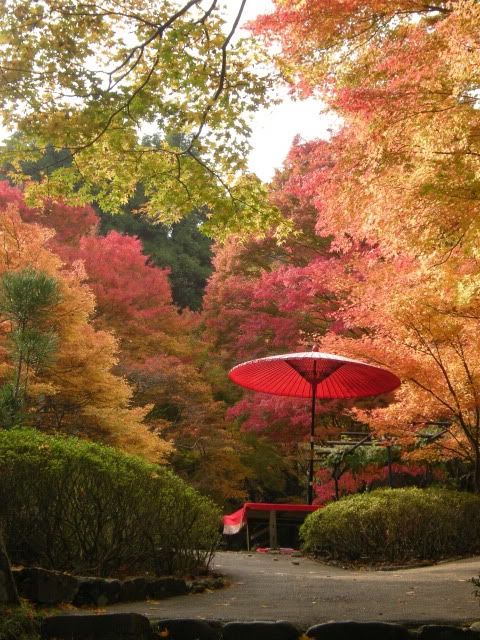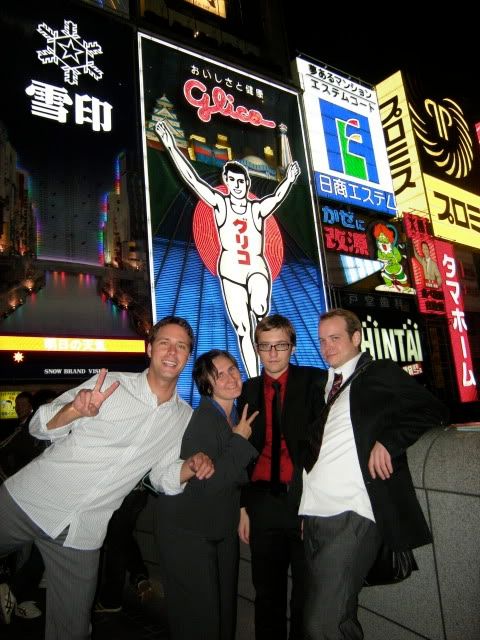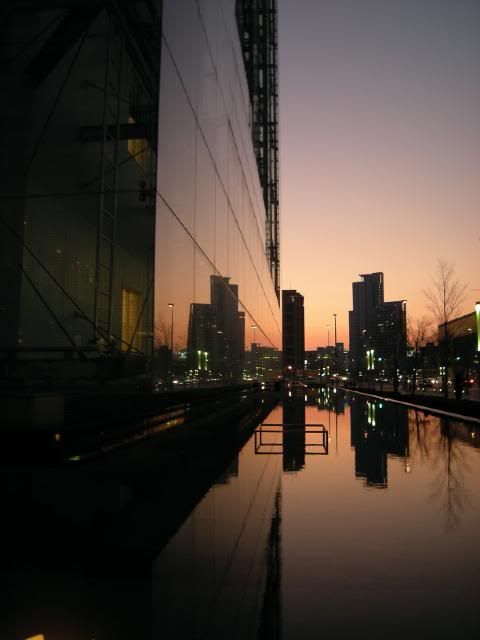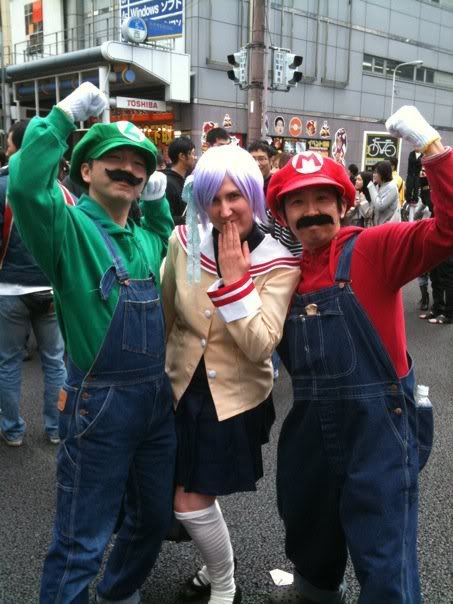Being so focused on Japan, I'd never given a lot of thought about travelling to Korea, even though the karate I studied in England was actually Korean. Last year I got into Kpop, and as I'm now studying Korean, my housemate Sam suggested we go visit Seoul this summer for a concert and some shopping.
She also had a keen desire to see the DMZ. Holidays are all about seeing new stuff for me, so I blithely agreed, not even thinking too much about where we would actually be going.
The DMZ stands for de-militarized zone, which in itself must be some kind of joke because I've never seen so many soldiers or barbed wire in my life. It's actually where the border lies between North Korea and South Korea. It's worth saying that this is not some ancient land division marked by a river or rock that Korean people themselves revere, but a divide created in the fallout from the Korean War. The sides drew up a line. This bit is mine now, this bit is yours. Guards stand day and night on both sides.
South of the DMZ, there is everything to enjoy. Capitalism thrives. Kpop dances the pants off any other music in Asia. Shopping, eating, laughing, dancing - all the things in life I've taken for granted are available to me. I'm sure most South Koreans feel like that too. But only an hour and half north from Seoul, and things change dramatically. First the landscape becomes rural, green grasses and grey mountains, and then it ends in a military checkpoint and entry to the JSA, Joint Security Agency.
The tour
When we sign up for the DMZ tour, the dress code is strict. No jeans. Cover your arms and legs. No army-looking clothing. No low cut tops. No bags allowed, put your passport and your camera in your pocket. Even our tour guide was reprimanded for showing a little too much knee. Because when you are taken to that area, where a thin cement line and three heavily armed south korean men are all that's between you and North Korea, they're not taking any chances. The reason they say is, the North Korean side take photographs of tourists at the DMZ and use it for communist propoganda. They use it to show people in North Korea how capitalism has failed. (How, exactly, I'm not sure)
So here we are, and on the other side all we can see is one man with binoculars, watching us. It's very strange. We on the south side are allowed to take photographs for a few minutes. I feel like it's a bit of military propaganda in itself, that tourists from other countries are allowed to come and gawk at the border. Then the strangest thing happens. Another North Korean guard goose-steps from the left, and more follow - and then I realise he's not actually leading a group of soldiers, but people. People in ordinary clothes. In this military zone, I was expecting to see North Korean soldiers, but not citizens. They marched into a block directly opposite us, and stood still, silently, facing us. We had already been warned not to wave, point, or gesture towards any North Koreans. So all we could do was stare back, until weirdly our tour guide encouraged us to take more pictures. I didn't take my camera, so I just stared across the divide, trying to send my heart and mind out towards that group of strangers. And afterwards, as we ate our delicious lunch and then snoozed on the bus back to Seoul, I couldn't stop thinking about those people. What does North Korea want us to think, seeing those people? Do they live at the base purely to be 'tourists' displayed for our benefit? Were they forced to stand there against their will? What will happen to them now? Do they really believe we are evil? Do they really think their country is the best in the world? While I've spent a lot of time (perhaps too much!) looking at pretty South Korean men, until the day they were stood opposite me, within shouting distance, I realised I knew absolutely nothing about North Korean people.
Reading up
Back in Japan, with these people still on my mind, my housemate recommended 'Nothing to Envy', a book with interviews from people who fled North Korea. I read it so quickly my head spun. I also read up on Amnesty International's information. Some key facts for me:
- Not everyone living in North Korea was born there. Some were arrested during the war and forced to remain. Some have relatives in China and Japan.
- North Koreans learn about loving the leader and hating the rest of the world as part of their schooling. But not all of them blindly believe it forever, and are constantly thinking of ways to get out while not risking anyone else's life. Some of them have wired TV sets and radios to receive news from outside the country, so they do know what the rest of the world thinks.
- The citizens considered most obedient, smartest etc live in the capital city with food and shelter. This is the place we see news photograph of, because reporters and tourists are brought here. The rest of them struggle to feed themselves day to day, work without any hope of a wage, and some 200,000 people live in labour camps.
- All North Koreans have automatic citizenship of South Korea, but to claim it they have to actually get there themselves. Guards on the borders of North Korea and China can be bribed to get people out of North Korea, but if North Koreans are caught in the act, they can be shot on sight. If North Koreans are caught in China, they are sent back to North Korea.









